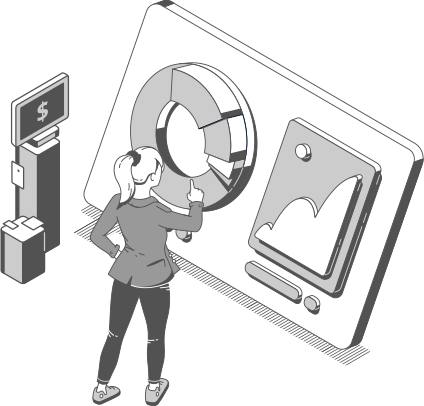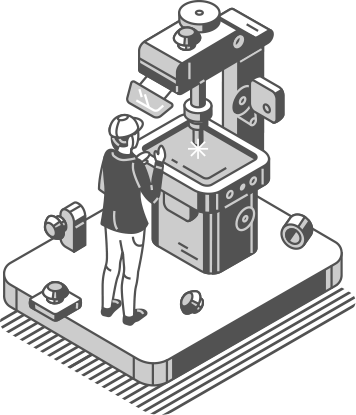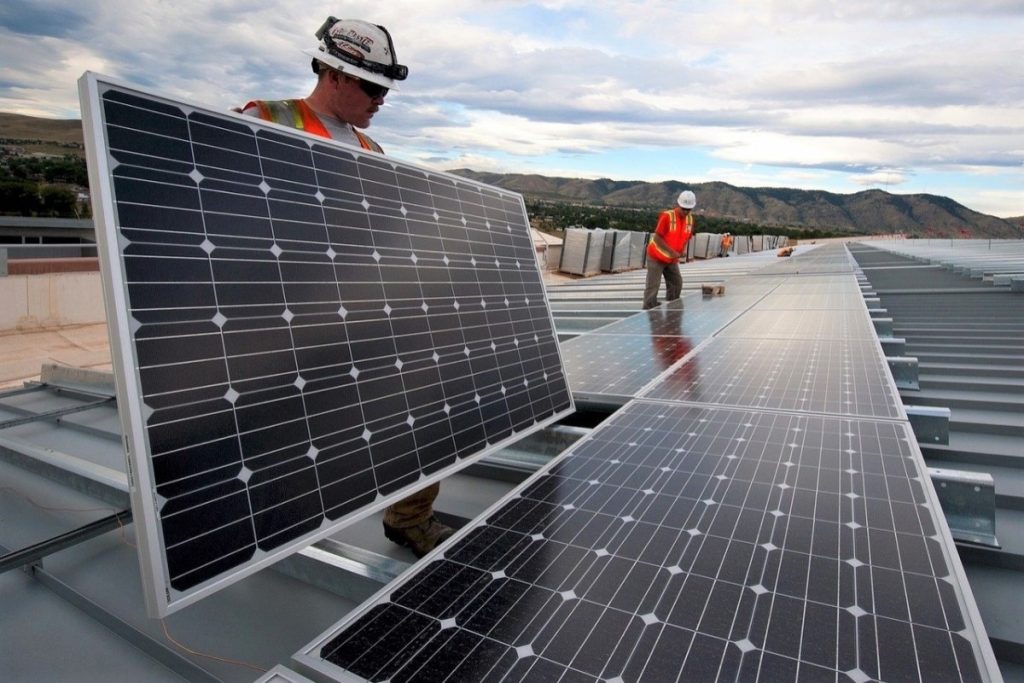- Navarra has set the goal of becoming a fully decarbonized region by 2050, in line with the European Green Deal and the Energy and Climate strategic framework of the Ministry for Energy Transition.
- The strategy of this autonomous community stands out from others due to its strong commitment in the short-medium term, with a 45% reduction in greenhouse gas emissions by 2030.
- The energy transition strategy is based on three pillars: energy efficiency, self-consumption and a commitment to renewable generation.
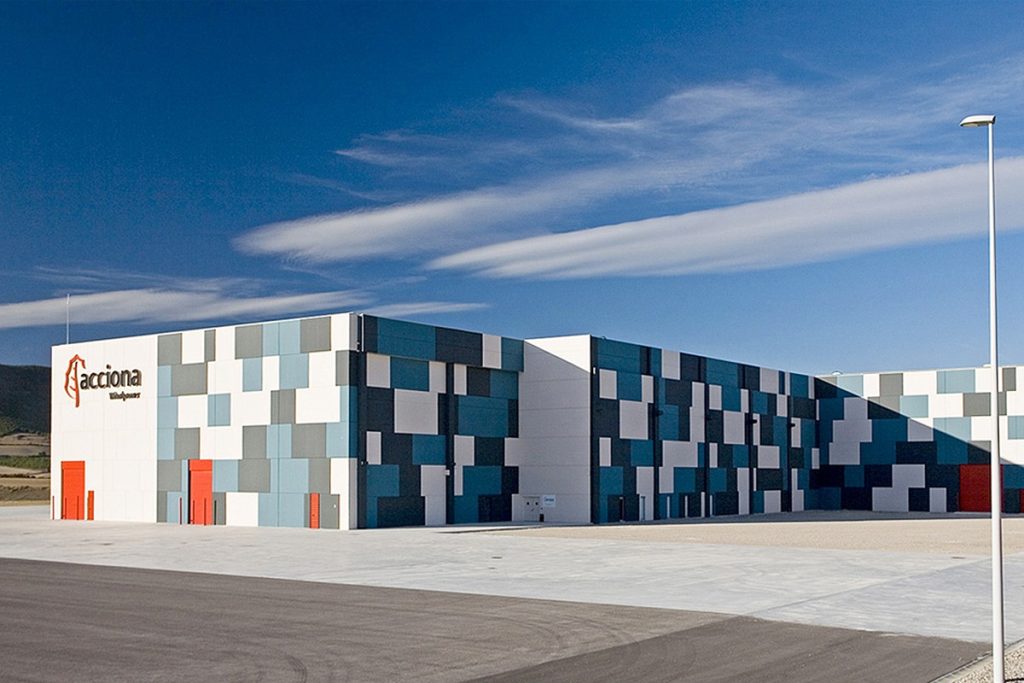
“If you think the economy is more important than the environment, try holding your breath while you count your money”. This sentence by the former European Commissioner for the Environment, Oceans and Fisheries sums up well the European Union’s vision of the future of the economy: the commitment to decarbonization is non-negotiable for any economy that wants to be truly sustainable. And in this effort, Navarra wants to be a pioneer and leader in the ecological transition. These are some of the keys to the strategy that this community has launched to consolidate its leadership and achieve decarbonization of its economy by 2050.
1. Renewable energy generation
Currently, 78% of Navarra’s energy consumption comes from non-renewable sources. Moreover, for years now, final energy consumption from this type of sources has exceeded 20%. This figure illustrates well the pioneering nature of Navarra in the field of decarbonization: the European Union established for 2020 that this index should reach 20% by 2020, but our region has been performing above this threshold for some time.
In any case, the regional authorities’ plans are much more ambitious in this area. The objective for 2030 according to the Energy Plan of Navarra Horizon 2030 is to have renewables cover 50% of the region’s energy demand. This effort would contribute to a 40% reduction in greenhouse gas emissions compared to 1990 figures.
To achieve this, one of the main lines of action is to increase the generation of renewable energy. According to the latest available data, Navarra increased its renewable generation during 2021 by 21.9% over the previous year, reaching 4,271 GWh. This growth is mainly driven by the contribution of wind power, which increased its production by 34.7%. In order to maintain this good trend, one of the main lines of action is the granting of REACT-EU funds, channeled through the Spanish Government’s Reactivation, Transformation and Resilience Plan to promote strategic projects in the area.
In this area, the powerful business ecosystem of renewable energies, which includes world leaders with a decision-making center in Navarra and a flourishing value and auxiliary chain, will play a leading role. Large multinationals based in Navarra such as Nordex, Siemens Gamesa and Ingeteam and companies of Navarrese origin such as Acciona, STI Norland, Grupo Enhol, Ríos Renovables, Sungrow and Industrias Barga make up a booming sector with a strategic future, even more so in view of the European need to seek energy autonomy, something that can only be done by promoting renewable energies even more strongly.
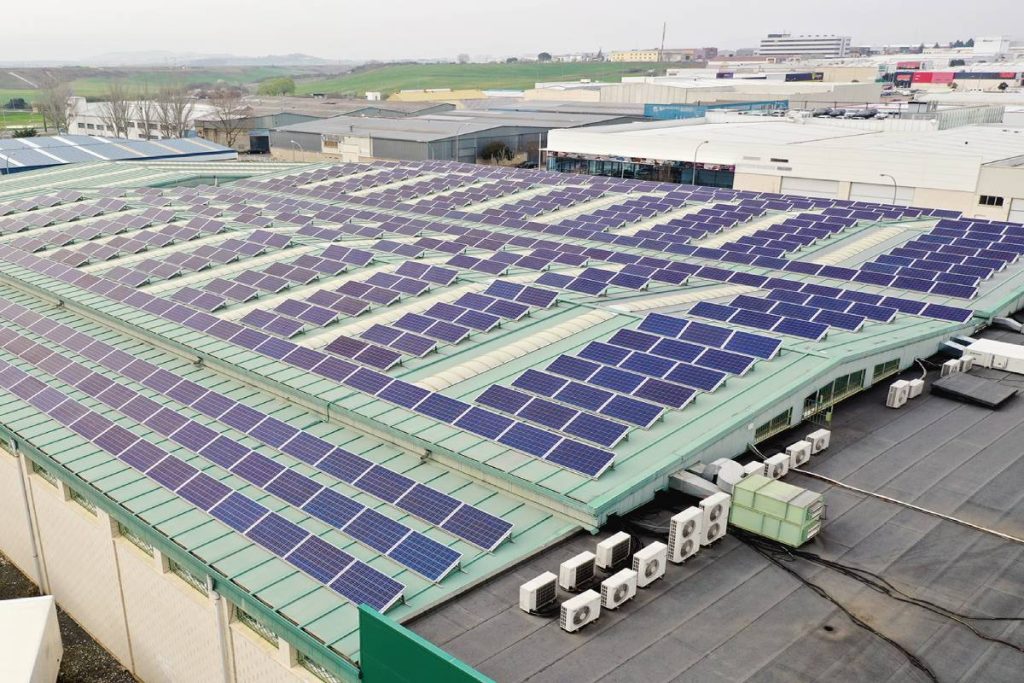
2. Boosting self-consumption and increasing energy efficiency
In the field of energy efficiency, Navarra has promoted the renovation and modernization of public and private buildings, energy communities and decarbonization plans for industrial estates through the installation of energy saving systems and the use of energy efficient materials.
One of the main attractions in that sense are the tax breaks that since 2018 amount up to 30% in self-consumption. To achieve this transition, the Government has launched several lines of aid to promote decarbonization and the promotion of industrial self-consumption. One of the most relevant actions is the Energy Berri program, presented just a month ago, which makes 92.4 million euros available to citizens and companies so that they can carry out actions aimed at the energy transition. Thanks to these actions, energy costs can be reduced and renewable energies can be used. An unprecedented budget in history and that permeates to all the entities of the society.
Previously, the Government of Navarre had already presented a line of aid endowed with 350,000 euros for the implementation of decarbonization plans in SMEs and large companies in the industrial sector. This will be a consultancy work aimed at the elaboration of a global strategy for the achievement of a more environmentally sustainable company. .
Institutional support is bearing fruit. At present, there are already 5,244 installations spread throughout Navarra, covering a demand of 94,773 kW. Specifically, energy savings from self-consumption amounted to 8,340 MWh in 2022.
At the industrial level, there are pioneering examples such as Scheinder Electric, which has implemented the first electric microgrid in a Spanish factory; Lizarte, which installed 4,000 square meters of solar panels at its headquarters; Grupo Virto, which invested 11 million euros in the installation of solar panels at all its headquarters; or Cinfa, which with an ambitious package of actions has managed to become the company in its sector with the lowest energy cost per unit produced.

3. Development of electric transport
The transition to electric vehicles is a key vector to ensure the decarbonization of economies. And, in this sense, Navarra’s commitment, included in the ‘Navarran Agenda for the promotion of electric and sustainable mobility’ is clear and has allowed the autonomous community to consolidate itself as the region with the greatest advantages for the transition to electric vehicles.
According to the latest available data, from June 2022, Navarra was the leading autonomous community in the execution of the MOVES III program of incentives linked to electric mobility (the most relevant at the state level) with a degree of compliance of 73.2%.
In addition, Navarra has added almost 18 million to its strategy for the transition to electric mobility, which will help finance access for the citizens of Navarra to the purchase of electric vehicles and the installation of charging points.
The strategy sets ambitious targets for 2024, such as 20% of registered vehicles out of the total annual total being electric or a network of 250 public access charging points (one charging point every 50 km and 38 charging points per 100,000 inhabitants).
At the business ecosystem level, the creation of an emblematic recharging infrastructure network in Navarra stands out, with five R&D&I consortiums participating in pilot projects; the implementation of two demonstration projects; and the attraction of regional, national and European R&D funding for the implementation of the projects.
According to the latest available data, the incentives are already convincing Navarrese users, since 11.09% of the cars registered in Navarra in 2022 were electric. This figure represents a growth of 20% compared to last year. And, more importantly, it represents the highest percentage of electric cars registered in the whole of Spain.
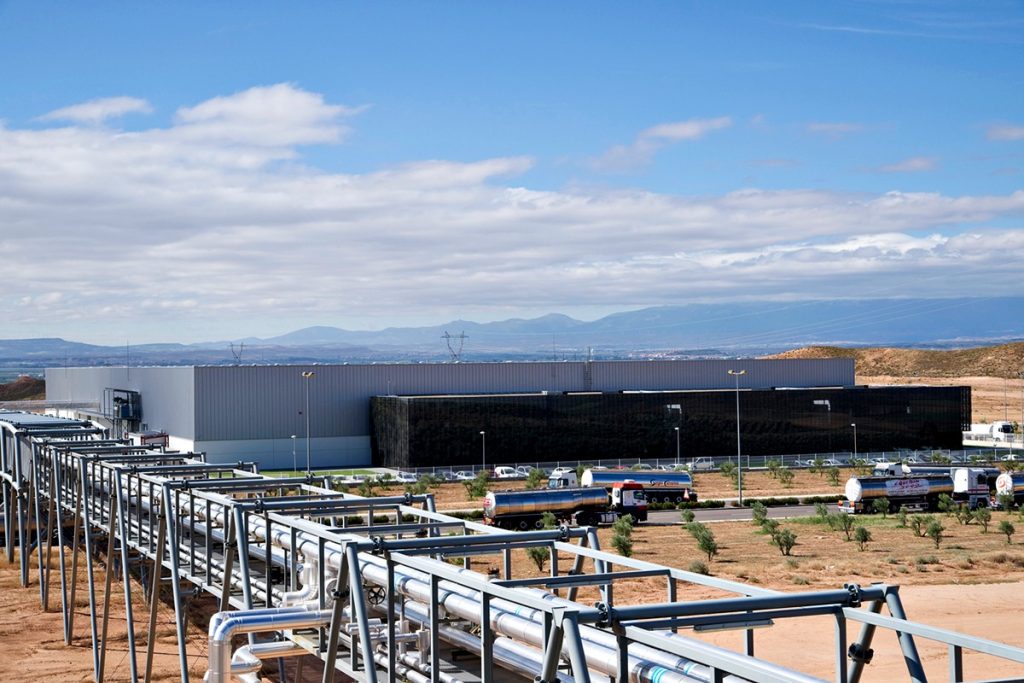
4. Pioneering projects and initiatives
The decarbonization of the economy will require a clear boost to innovation and development. In this sense, projects are being promoted in Navarra aimed at the development of booming technologies or those with great potential, such as hydrogen or advanced energy storage systems. In the field of green hydrogen, identified by most experts as one of the most promising technologies for making the decarbonization of the economy a reality, the Government has set the objective of installing 150MW of green hydrogen production by 2030 in Navarra and for this energy source to replace 5% of industrial gas consumption by the same date.
Two projects are currently underway and have been included in the Strategic Project for Economic Recovery and Transformation (PERTE) specific to renewable energies, green hydrogen and storage (ERHA).
The first of these is an initiative of the Ciudad Agroalimentaria de Tudela (CAT) that aspires to be a world reference project in such a promising technology as green hydrogen. Specifically, GreenH2CATudela project contemplates the construction of a plant with an initial electrolysis power of 3.2 MW in a first pilot phase, which can later be increased to 10 MW. This plant is expected to supply energy to 70% of the CAT companies, but also to all the industries in the Ribera del Ebro region with the remaining surplus.
The second major project, led by Nordex, aims to design and manufacture alkaline electrolyzers that offer a good level of performance and durability connected to renewable energies. The project aims to develop a new generation of electrolyzers that will enable the development of an alkaline electrolysis mechanism that operates continuously and without oscillations in energy production.
